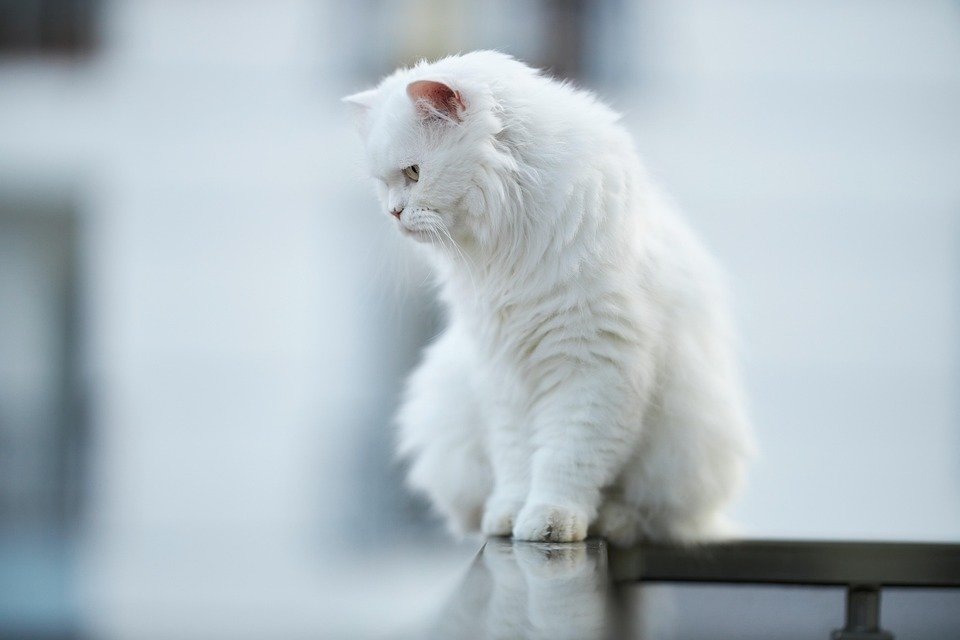
Introduction
Cats are known for their graceful movements and playful antics, but one often overlooked aspect of their anatomy that plays a crucial role in their daily life is their paw pads. These little cushions not only provide traction and comfort but also serve as vital sensory tools. Ensuring that your feline friend’s paw pads are in optimal condition is essential for their overall well-being. This article will delve into the importance of paw pad care and provide detailed guidance on maintaining the health of your cat’s paws.
Understanding Cat Paw Pads
Cat paw pads are made of thick, pigmented skin, usually pink or black, which serves as a protective barrier against rough surfaces. They consist of fatty tissue that helps absorb shock, allowing cats to walk, jump, and hunt quietly. The pads also contain sweat glands, which help regulate body temperature and aid in marking territory through scent.
The Anatomy of a Cat’s Paw
A cat’s paw has five main components: the claws, digital pads, metacarpal pad, carpal pad, and dewclaw. Each part plays a vital role in a cat’s ability to move and interact with their environment. The digital pads and metacarpal pad provide cushioning and support, while the carpal pad offers additional traction and balance when climbing.
The Importance of Paw Pad Care
Paw pad care is crucial for several reasons. Healthy paw pads contribute to a cat’s mobility, comfort, and overall health. Neglecting them can lead to issues such as dryness, cracking, and infections, which can cause significant discomfort and potentially lead to more serious health problems.
Signs of Paw Pad Problems
- Cracks and Dryness: These can occur due to exposure to harsh surfaces or chemicals.
- Swelling and Redness: These symptoms might indicate an allergic reaction or infection.
- Limping or Reluctance to Walk: Cats may avoid putting pressure on a sore paw.
- Excessive Licking or Chewing: This behavior often suggests irritation or pain.
Paw Pad Care Routine
Incorporating paw pad care into your regular grooming routine can prevent issues and ensure your cat’s paws remain healthy. Here’s a comprehensive guide on how to care for your cat’s paw pads effectively.
Regular Inspection
Once a week, take a moment to inspect your cat’s paws. Gently hold each paw and look for any signs of injury, debris, or abnormalities. Pay close attention to the spaces between the toes, as foreign objects can easily become lodged there.
Cleaning
Keep your cat’s paws clean by wiping them with a damp cloth. This is especially important if your cat has been outdoors. Ensure that any dirt, litter, or chemicals are removed, as they can cause irritation or infection if left unchecked.
Moisturizing
Just like human skin, cat paw pads can become dry and cracked, especially during the winter months. Use a pet-safe paw balm or moisturizer to keep the pads soft and supple. Avoid products that contain fragrances or essential oils, as these can be harmful to cats.
Nail Trimming
Regular nail trimming is essential to prevent overgrown claws from altering a cat’s gait, which can affect their paw pads. Use a cat-specific nail clipper and be cautious not to cut too close to the quick, which can cause pain and bleeding.
Addressing Common Paw Pad Issues
Despite your best efforts, your cat may still encounter paw pad issues. Here’s how to address some common problems:
Cracked or Dry Pads
If you notice dryness or cracking, increase the frequency of moisturizing treatments. You can also consult your veterinarian for advice on dietary supplements that might improve skin health.
Wounds or Cuts
For minor cuts or scrapes, clean the area with a pet-safe antiseptic and apply a small amount of antibiotic ointment. If the wound is deep or doesn’t heal, seek veterinary assistance.
Infections
Signs of infection include swelling, redness, and discharge. Prompt veterinary attention is essential to address infections, which may require antibiotics or other treatments.
Allergies
If your cat is licking or chewing their paws excessively, they may have an allergy. Environmental allergens, food sensitivities, or contact irritants could be the cause. Consult your veterinarian to identify and manage the underlying issue.
Preventive Measures
Prevention is always better than cure. Here are some preventive measures you can take to protect your cat’s paw pads:
Environmental Considerations
Ensure your cat’s environment is safe and free from sharp objects or harsh chemicals. If you use cleaning products, make sure they are cat-friendly. Consider using a paw wash station if your cat goes outdoors.
Diet and Hydration
A balanced diet rich in essential fatty acids can promote healthy skin and paw pads. Ensure your cat has access to fresh water at all times to stay hydrated, which also contributes to skin health.
Exercise and Enrichment
Provide your cat with opportunities for exercise and mental stimulation. Regular activity helps maintain muscle tone and joint health, indirectly supporting paw pad integrity.
Conclusion
Proper paw pad care is an essential aspect of feline health that should not be overlooked. By incorporating regular inspections, cleaning, moisturizing, and nail maintenance into your cat’s grooming routine, you can ensure their paws remain healthy and comfortable. Addressing issues promptly and taking preventive measures further safeguard your cat’s well-being. A little attention and care can go a long way in keeping those paws purr-fectly healthy!






